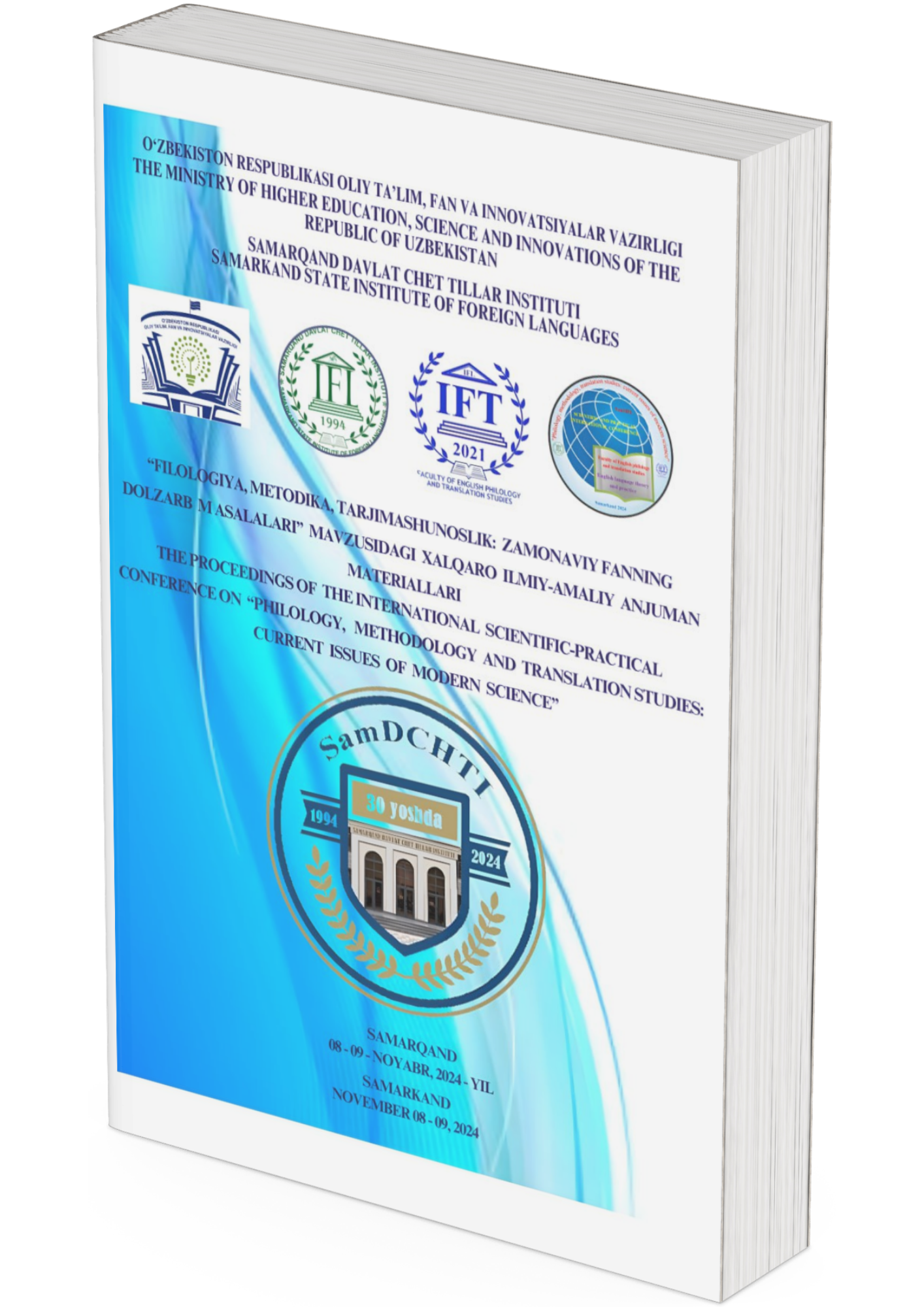The Problems of Intercultural Communication of English Language
DOI:
https://doi.org/10.2024/9ys88j08Keywords:
international culture, cultural awareness, intercultural communication, lexical-morphological discordances,world languages, context, language tool,speech formulas,effective approachesAbstract
The advent of globalization has necessitated the evolution of intercultural communication, with English serving as the predominant medium for such exchanges. This article critically examines the multifaceted challenges inherent in intercultural communication involving the English language, particularly focusing on the linguistic, cultural, and sociolinguistic barriers that impede effective interaction between culturally diverse interlocutors. Through a detailed analysis of English and Uzbek set phrases, this study underscores the complexities that arise from linguistic and cultural discordances, illustrating how these disparities can exacerbate misunderstandings. The research further proposes advanced strategies—encompassing educational reforms, technological innovations, and policy frameworks—that aim to enhance intercultural competence and mitigate communicative failures. This article contributes to the broader discourse on intercultural communication by providing nuanced insights into the interplay between language, culture, and communication in a globalized context.
References
Hofstede’s G, N. J. (2008). International dimensions of organizational behavior. Cengage Learning.
Brislin, R. W. (1986). The Wording and Translation of Research Instruments. In W. J. Lonner & J. W. Berry (Eds.), Field Methods in Cross-Cultural Research (pp. 137–164). Sage.
Wierzbicka, W. B., & Kim, Y. Y. (2003). Communicating with strangers: An approach to intercultural communication. McGraw-Hill.
Hall, E. T. (1977). Beyond culture. Anchor Books.
Brown G. (2001). Culture's consequences: Comparing values, behaviors, institutions and organizations across nations. Sage Publications.
Lavinson, J. N., & Nakayama, T. K. (2010). Intercultural communication in contexts. McGraw-Hill.
Meyer, E. (2014). The culture map: Breaking through the invisible boundaries of global business. PublicAffairs.
Samovar, L. A., Porter, R. E., & McDaniel, E. R. (2010). Communication between cultures. Cengage Learning.
Paulston, C. B., Kiesling, S. F., & Rangel, E. S. (2009). The handbook of intercultural discourse and communication. Wiley-Blackwell.
Downloads
Published
Conference Proceedings Volume
Section
License
Copyright (c) 2024 Mokhiniso Kosimova, Azima Qambarova, Dilnora Salimova (Author)

This work is licensed under a Creative Commons Attribution 4.0 International License.









